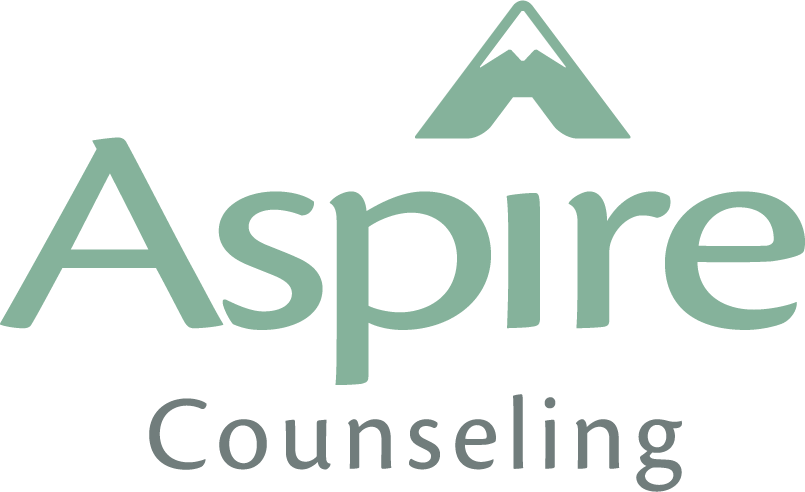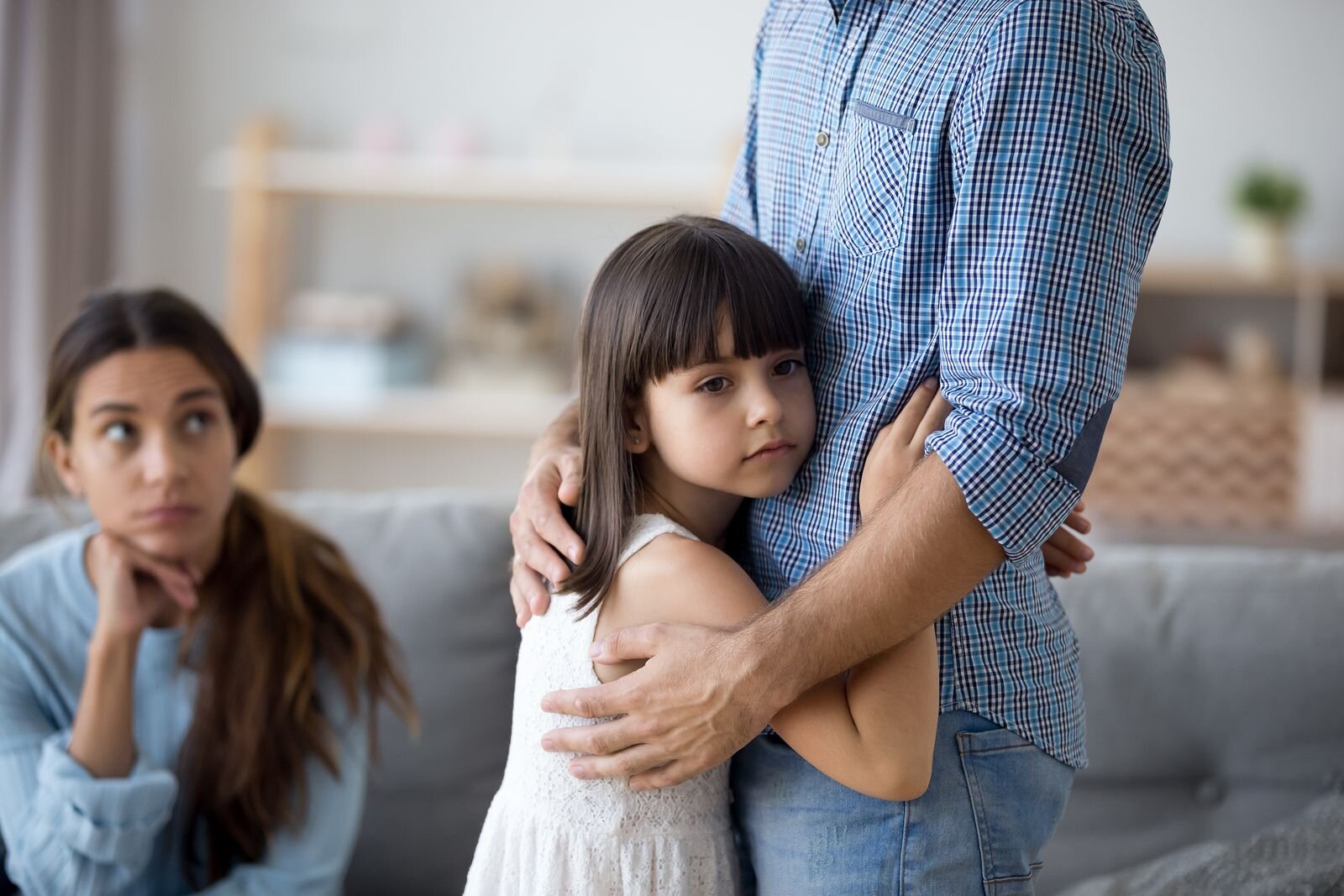Trauma Therapy For Children: What To Expect
Trauma Therapy & PTSD Treatment for Children
Your child went through something traumatic and is showing signs of Post Traumatic Stress Disorder (PTSD). You’re thinking about counseling. However, you aren’t sure what to expect. Can trauma therapy really help your child or your family?
Starting Trauma Therapy can be scary…for your child and for you as well
You may be nervous about starting trauma therapy for your child. After all, this probably isn’t something you’ve been through before. You may have about a thousand questions. Will you know what’s going on in counseling sessions? Is there a difference between your child talking to you versus a therapist?
All your questions are normal. It’s also common to feel about a thousand emotions when you’re bringing your child in for trauma therapy. I want to help you understand a little bit of what to expect.
Children & Resiliency
The first thing I want you to understand is that children are resilient. Resilience refers to the emotional capacity to handle adversity. What I mean is, children have an amazing ability to handle even the most stressful things! Most children who go through something terrible come out doing pretty well.
What can I do to help my child be more resilient?
The good news is that you, as a parent, can help your child learn to get through stressful situations better. As a parent, you can help build your child’s resilience by:
Building your own resilience.
Helping create a positive attachment with you and other caregivers.
Helping your child build social connections and nurture relationships.
Making sure their basic needs are met.
Modeling, teach and help build your child’s social and emotional skills.
Finding an experienced trauma therapist to work with your child.
Trauma Therapy & PTSD Treatment for Children
When your child has been through something really stressful and develops PTSD, trauma therapy can help. It’s important to find a therapist who works well with children and who also understands trauma. You want someone both you and your child can learn to trust and who can guide both of you through this process.
Trauma Focused-Cognitive Behavioral Therapy (TF-CBT): An effective trauma therapy for kids
The most common evidence-based treatment for children (3-18) who have experienced trauma is Trauma Focused-Cognitive Behavioral Therapy (TF-CBT). Some parents worry that trauma therapy will last years. However, TF-CBT is a relatively brief (typically 12-20 sessions) trauma therapy. The therapist will use counseling techniques based on cognitive, behavioral, family therapy, and humanistic principles.
Goals of TF-CBT
TF-CBT helps your child find healing after a stressful or traumatic event. More specifically, the goals of TF-CBT are to enable children and youth who have experienced serious traumatic events, and their supportive caregivers:
1) To learn effective skills to cope with trauma-related emotional and behavioral problems.
2) To face and resolve those problems in a safe and therapeutic way.
3) To effectively integrate their trauma experiences and help them move on with their lives in a safe and positive manner.
Parent or Caregivers are Involved in TF-CBT
One unique feature of TF-CBT is the involvement of a parent or trusted caregiver. Trauma teaches children that the world is unsafe and adults cannot be trusted to keep them safe. Thus, they often stop trusting their parents leading to the parents’ feeling confused and upset. Trauma therapy helps parents react appropriately to their children’s trauma responses while setting appropriate behavioral limits. This helps the parents be able to teach or re-teach the child that people can be safe and trustworthy.
During each session the non-offending parent/caregiver and the child will meet with me independently discussing the same component. This allows parents and children to express their personal thoughts and feelings about the child’s trauma experiences, gain skills to help the child re-regulate trauma responses and master avoidance of trauma reminders and memories.
I don’t necessarily tell the parent all the content of the session. But, I will share the skills the child is learning. For example, when discussing relaxation, I will share the relaxation skills the child is learning. We may even have the child show the parent what skills they have learned. Although conjoint parents sessions are held toward the end of treatment, I may ask a parent to join a child’s session earlier when beneficial to the child.
Phases of TF-CBT
TF-CBT is a structured trauma therapy that follows specific phases. The three phases of treatment are stabilization, trauma narration and processing, and integration and consolidation. There are very specific components of TF-CBT that your child will move through. These are summarized by the acronym “PRACTICE.” Each letter stands for a specific component of TF-CBT. The components are Psychoeducation and Parenting skills, Relaxation, Affective expression and regulation, Cognitive coping, Trauma narrative and processing, In vivo exposure, Conjoint child-parent sessions and Enhancing future safety and development. The therapist guides the child and caregiver through each phase spending as much time on each component as needed.
Psychoeducation
One of the goals of psychoeducation is to normalize the exposure to trauma. This usually begins in the first session. Often individuals who have undergone traumatic events feel very alone. At the beginning of treatment, I give examples of typical trauma responses. For example, it is very common for trauma survivors to experience flashbacks, have nightmares, startle easily and lose interest in activities. I also educate the parent and child on the type of trauma the child has endured. We may play a game where I quiz the child on facts/myths about the trauma. In this section I also educate the parent and child about how TF-CBT works. I describe each step and briefly explain what the child and parent can expect in therapy.
Parenting Skills
If needed, I work with the parent on skills to improve the parent’s relationship with the child. Often when a child has undergone trauma, the child acts out behaviorally. The parent may not know what to do because the child has never acted this way before. Or the parent may be concerned about how to discipline the child in order not to re-traumatize the child. I teach the parent positive parenting strategies including praise, selective attention/ignoring, rewards and consequences.
Relaxation
When people have gone through trauma, their bodies and minds are constantly on edge. Thus, I teach the child ways to identify stress and strategies to calm unwanted thoughts and emotions. Children learn skills for calming and reducing stress in the moment (e.g., at home, school, in the community). I usually teach strategies such as progressive muscle relaxation, mindfulness, controlled breathing and guided imagery. I also encourage the child to continue to use existing relaxation strategies such as listening to music or exercising. The goal is to help the parent and child enter a state of relaxation when they feel out of control. This is incredibly important as we move on through treatment. The child will use these skills during the trauma narrative sessions.
Affective Expression and Regulation
Often when children experience trauma they experience a wide range of emotions. They may have trouble expressing or regulating them. They may not even know why they are angry or sad. Some people act out by screaming, yelling, crying, hitting or throwing things. Yet, others become numb and do not allow themselves to feel anything. Either way I will help the parent and child to express and manage their emotions more effectively and to normalize conflicting feelings.
One of the first activities I do is have the child brainstorm all the feelings they can think of for three minutes. Then the child will tell me times they have experienced these types of emotions. I often have kids put these emotions into categories-happy, mad, sad, confused, and scared. We will talk about the range of emotions as well as the ability to experience more than one at a time. We will discuss situations in which the child experiences these feelings and how they express the feelings. I have an Emotions Bingo game I enjoy playing with kids. Some children really enjoy emotional charades. There are also many ways to adapt regular games to talk about emotions. For example, when playing Uno we assign each color a feeling. Then, each time the child lays down a colored card they have to tell of a time they felt the emotion assigned to that color.
Cognitive Coping
Then we talk about how their feelings, thoughts and behaviors are all related. We call this the cognitive triangle. We talk about how sometimes we have unhelpful thoughts. These unhelpful or inaccurate thoughts may be what is causing us to be distressed. Some of these thoughts in relation to trauma may be “It was all my fault.” “I deserved what happened.” “I should have protected my child.” We talk about different types of unhelpful thoughts and what to do when we have those thoughts. I often have a child (especially older children) fill out a thought log where they document their unhelpful thoughts for a week. We talk about how thoughts are unhelpful and reframe them into more helpful thoughts. We start with thoughts about a situation like in the lunchroom or at a birthday party and gradually talk about thoughts they have about the traumatic experience.
Trauma Narrative and Processing
Next, we move into the trauma narrative. In the trauma narrative the child talks about the traumatic event they have experienced. The child is encouraged to describe more and more details of the traumatic experience from the beginning of the event to the end. The therapist helps the child develop a helpful understanding of what happened that acknowledges the trauma but does not define the child. It contains hope and lessons learned. Some children produce an actual narrative in the form of a book with chapters. However, other examples include comic strips, drawings/posters, poems, radio shows, and puppet shows.
I work with the child to identify and reframe unhelpful or inaccurate trauma-related thoughts. This process helps the child to have a more positive view of self, others, and the world. I also meet with the parent and give them information about what the child is discussing. This helps prepare the parent for the conjoint parent sessions. I prepare and role play questions, responses and feedback with the parent before the session with the child.
Invivo Exposure
Some kids avoid places, people, or activities that remind them of the traumatic event. This can affect their daily functioning. For example, Megan was injured in a car accident and is now afraid to ride in cars. This affects her ability to go to school, visit family, and do extra curricular activities. The goal is to help Megan be able to ride in a car with little or no stress. In this component I will work with Megan to make a hierarchy of tasks from the least scary to the scariest. We will assign a “score” from 1-100 of how distressing it seems to her. The higher number indicates a greater level of distress. We work together to decide where Megan feels comfortable starting. We keep doing this until she no longer feels scared or avoids the situation. This usually takes a few weeks with regular practice.
Conjoint Parent Sessions
In conjoint parent sessions, I meet with the parent and child together. These sessions can happen anytime during treatment when I believe would be beneficial for the parent and child. During the trauma narrative phase of treatment, I will share parts of the trauma narrative with the parent. It is important for the parent to be comfortable with the information the child is disclosing during the trauma narrative before conjoint parent sessions.
I will prepare and role play questions, responses, and feedback, with the caregiver before session with the child. During the conjoint parent sessions, the child will share the entire trauma narrative with the parent. The parent and child will also have a chance to ask each other questions about the traumatic event. This helps clear up misunderstandings about the event. Other topics that may be discussed during conjoint parent sessions include healthy sexuality, especially in the case of sexual abuse, healthy relationships, anger resolution, conflict avoidance, and drug refusal.
Enhancing Future Safety and Development
Although a safety plan is typically created at the end of treatment it can be created any time there is an ongoing danger. Examples include ongoing domestic violence, living in a violent neighborhood or struggling with self injury or suicidal thoughts.
I teach the child skills to use in risky situations that may happen in the future including being home alone, peer pressure, dangerous neighborhoods, or dating. I help the child identify warning signs of danger (either from self or others). We may role play getting away, calling police, refusing unwanted behavior or using relaxation/grounding skills in the case of self injury or suicidal ideation.
So what happens when you have finished the steps described above?
During treatment we are continually assessing the child’s level of distress. The child will fill out a PTSD inventory throughout treatment so we can determine whether the child’s symptoms of PTSD are decreasing. We do not end treatment until these symptoms have decreased so that the child is no longer bothered by these symptoms. I will work with the child and parent to decide what will be the last counseling session. We plan ahead so the child and parent are prepared for therapy to end.
It is usually helpful for children to have a reminder of completing therapy. In TF-CBT the child has the trauma narrative as an example of the progress the child has made in therapy. At times I use workbooks with children. I have given children a certificate of completion. The end of therapy should not be seen as an ending but truly a beginning.
How does TF-CBT help?
TF-CBT is designed to reduce symptoms of Posttraumatic Stress Disorder (PTSD). It also helps with trauma-related depression, anxiety, behavior problems, and common trauma-related cognitive and emotional problems such as fear, shame, embarrassment, guilt, and self-blame. TF-CBT also improves caregiver support of the child, parenting skills, and parent-child communication. In other words, TF-CBT can help with a wide range of things your child (and you) may be struggling with after a really stressful situation.
Trauma Therapy is work for your child.
While we’re talking about what to expect during a child’s trauma therapy, it’s important to note that your child isn’t just coming into talk aimlessly or play games. Instead, TF-CBT is a structured type of therapy. There may be times where they enjoy coming to sessions because they feel supported. Maybe they notice how counseling is starting to help. However, it’s also work. We might make learning a new skill into a game that’s enjoyable, but it’s meant to help them learn a new coping skill. They might be writing something, acting things out, creating a sand tray or even a piece of artwork when we enter the trauma narrative section. But all of this serves a purpose.
Your child may or may not want to talk about what we’re doing in session after you get home. They may be tired after sessions. Or have points in treatment where they don’t really feel like coming. All of those responses are normal and expected. It can be helpful to me if you communicate some of that to me. I can offer you our impressions of how therapy is going or give you tips about how to handle these things at home.
The TF-CBT Therapist at Aspire Counseling
Our newest therapist, Kristi Sveum, MSW, LCSW uses and is in the process of getting certified as TF-CBT therapist. Kristi has worked with children and adolescents who have endured trauma for over 14 years. She has seen these youth come in displaying many symptoms of PTSD and leave therapy no longer experiencing these symptoms but gaining self-esteem and coping strategies to deal with trauma triggers and future stressful situations. She has seen caregivers who are distraught over their child’s trauma manage their own feelings regarding the trauma and learn skills to support their child.
Begin Trauma Therapy for Your Child
If you think your child would benefit from working with a trauma therapist and live in the Columbia, MO area, we’d love to help. Typically, Aspire Counseling therapists will see children ages 10+ although may be able to see younger children in some situations. To get started follow these simple steps:
1. Call 573-328-2288 or fill out our contact form.
2. Meet with one of our therapists for a free consultation.
3. Get your child the help they need!



